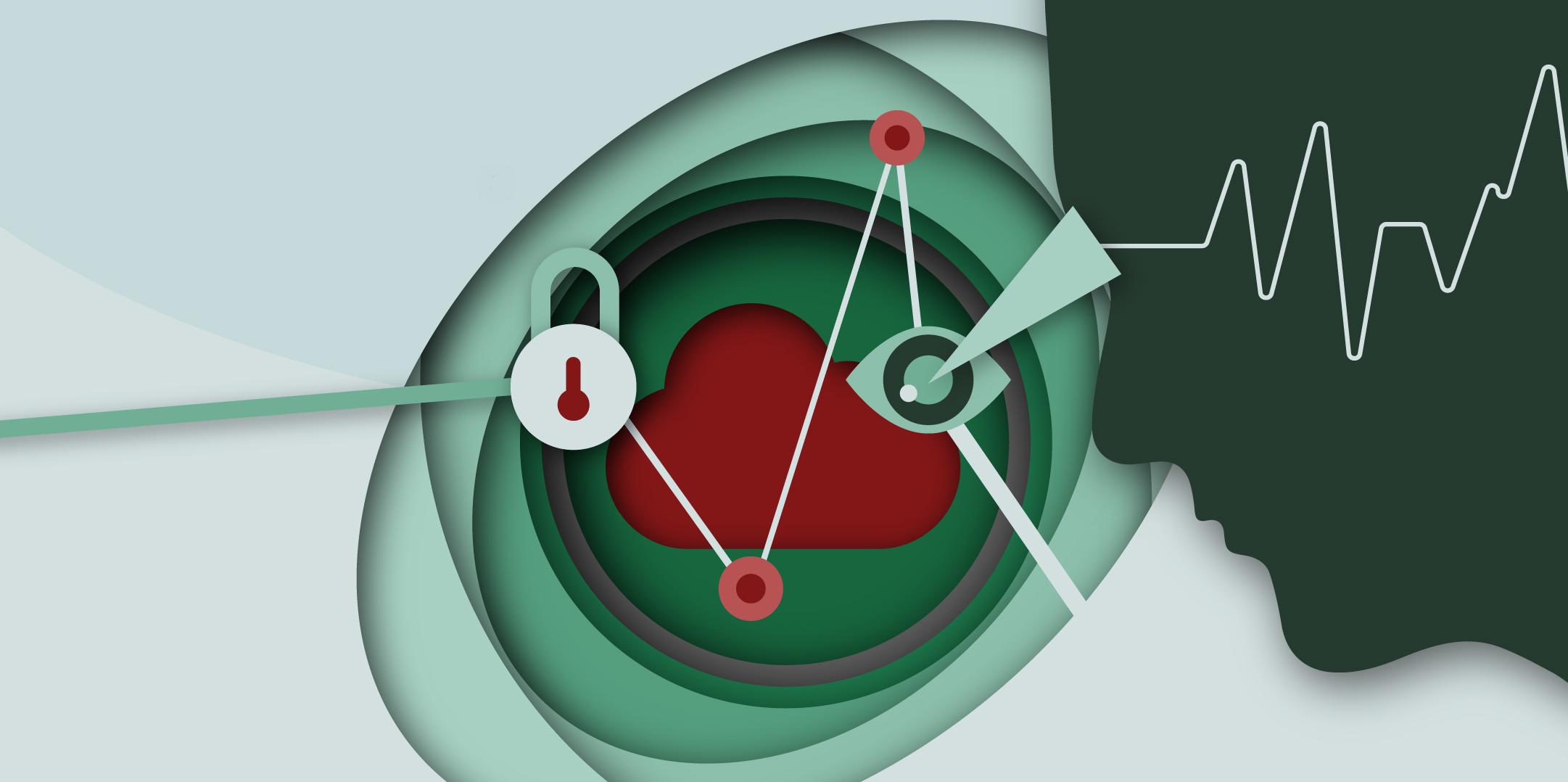People in the US trust the esteemed medical society representing close to forty thousand oncologists, radiologists, medical physicists, and nuclear medicine doctors. Yes, we are talking about the American College of Radiology (ACR), which has officially recognized over thirty-nine thousand facilities that conduct different types of medical imaging procedures.
Recently, a new report has been released by the reputed American College of Radiology. It has highlighted the safest and highest standard practices for healthcare organizations in the report. Medical imaging facilities can learn from the report how they should create and share health-related information with patients in order to make the latest technology-enabled artificial intelligence equipment.

There is no denying that the data pertinent to the condition of their overall health is very important to patients. Hence, in 2019, this leading medical society formed a workgroup responsible for sharing patient data in a well-organized manner. ACR’s latest report, segmented into two prominent parts, sheds light on the key findings.
Importance of Exchanging Medical Imaging
Inarguably, one of the most expensive patient care components is medical imaging. As per an ACR survey report, radiology procedures account for nearly ten percent of total yearly healthcare expenses. Hence, with each passing day, the requirement for healthcare providers and patients to share and exchange diagnostic imagining is increasing notably.
The method of sharing patient data earlier was significantly unsafe and insecure. However, nowadays, healthcare facilities adhere to a highly secure and reliable communication and information sharing system. Technological advancements have been facilitating providers to streamline complex and vital procedures immensely.
Compelling Reasons for Exchanging Medical Imaging
Expert researchers strongly believe that radiological image exchange between providers and patients helps minimize unessential redundancy. Doing so also ensures the below-mentioned things.
Reduction in Expenses – Patients can cut down expenses largely that they would have to pay for undergoing medical imaging tests when providers exchange genuine imaging reports with them.
Improvements in Patient Care – Treatments often are delayed when patients do not have access to outside radiological images in case of trauma transfers. The acceptable method of medical imaging sharing positively affects patient outcomes aside from increasing healthcare costs.
Increase in Patient Contentment – The seamless communication of health-related information helps increase patient satisfaction and improve relationships between patients and physicians.
Three Crucial Matters that the ACR Report Highlights
No one would deny that it takes substantial time for providers to prepare and share data with patients. This happens mostly because healthcare organizations and physicians need to adhere to stringent ethical and technical guidelines. Here are the pressing issues that the recently released ACR report has highlighted.
Patient Data Security
It is of no use if providers share health data with patients through an unsafe process. The patient data exchanging process has to be a highly secure one. However, healthcare facilities find it immensely challenging to abide by various guidelines and legal frameworks when they want to maximize the security of the data sharing method. Resorting to the safe harbor procedure is what healthcare organizations should do to establish health-related information is anonymous.
Patients’ Permission
Making patients’ sensitive health-related data public is something that radiology facilities and rads must avoid. It is of utmost importance to obtain patients’ consent first. HHS has already outlined that there is a requirement for informed consent agreements. The report sheds light on the necessity of a parallel framework for supervising patient data exchanging agreements.
One solution is prior agreements between radiological technicians and patients. Many rads inform and obtain signatures from patients before they undergo medical imagining tests. It is high time for organizations to follow a well-planned approach to data sharing only after taking the viewpoint of patients into consideration.
Medical Imagining Problems
Healthcare facilities have to reach a conclusion regarding whether to anonymize or de-identify health information. Each process is different and, therefore, requires varying methods. The final decision is largely dependent on use cases – if the information will leave the medical imaging practice. In addition, radiology reports do not contain headers or follow specific formats across documents.
The number of radiology facilities relying on and employing the trusted sepStream® software solution is increasing with each passing day. The sole reason is this highly sophisticated software produces accurate medical imaging reports that healthcare providers can share with patients hassle-free.